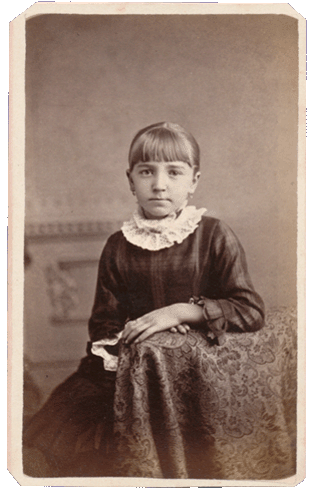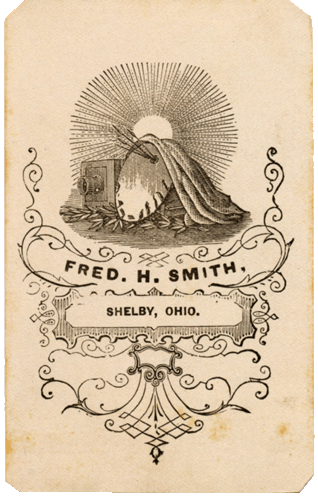


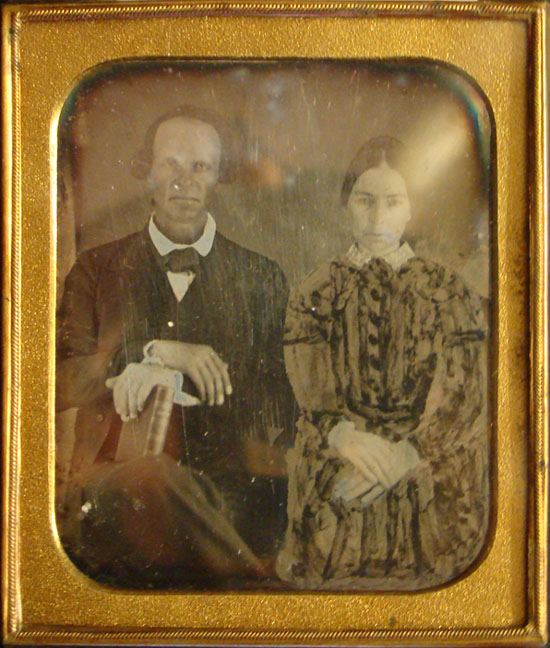
The earliest daguerreotype cameras were often only made by reading-glass opticians or highly skilled
| Daguerreotype
Plate Sizes: Whole plate 6-1/2" x 8-1/2" Half plate 4-1/4" x 5-1/2" Quarter plate 3-1/4" x 4-1/4" Sixth plate 2-3/4" x 3-1/4" Ninth plate 2" x 2-1/2" Sixteenth plate 1-3/8" x 1-5/8" |

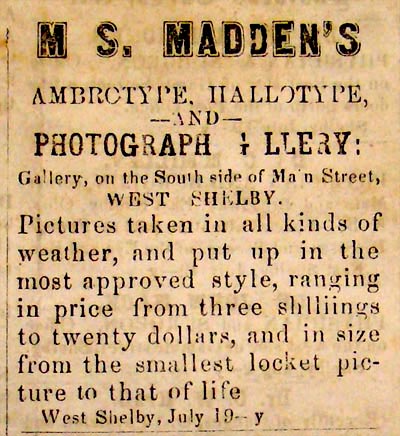
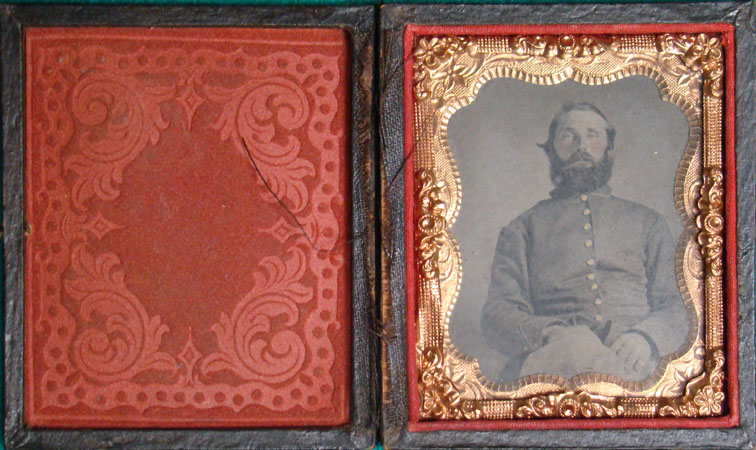 |
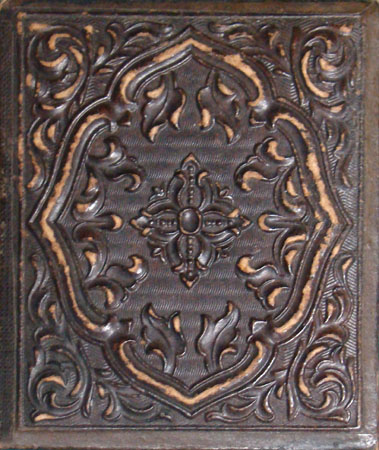 |
|
|
|
|
| Ambrotype
Plate Sizes: Whole plate 6-1/2" x 8-1/2" Half plate 4-1/4" x 5-1/2" Quarter plate 3-1/4" x 4-1/4" Sixth plate 2-3/4" x 3-1/4" Ninth plate 2" x 2-1/2" Sixteenth plate 1-3/8" x 1-5/8" |

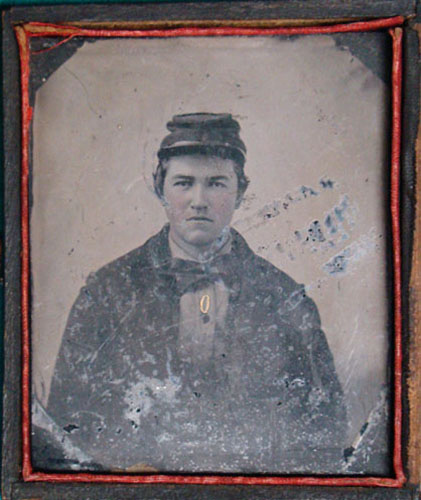
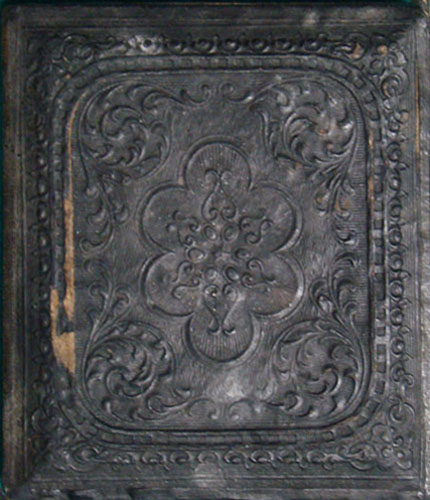
|
|
|
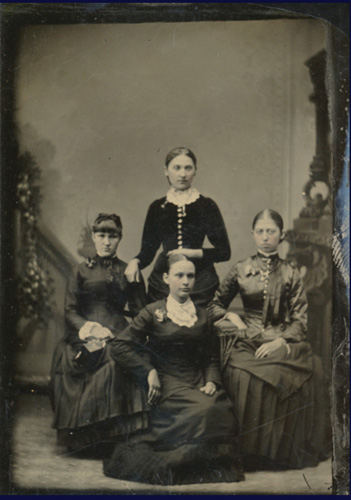
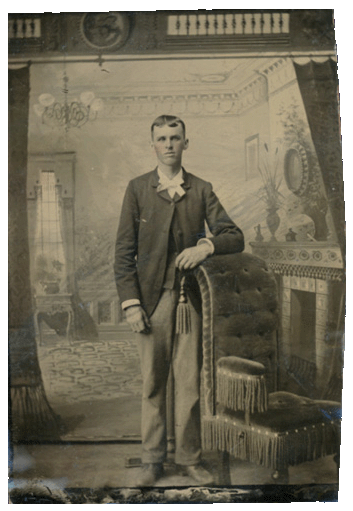
|
|
|
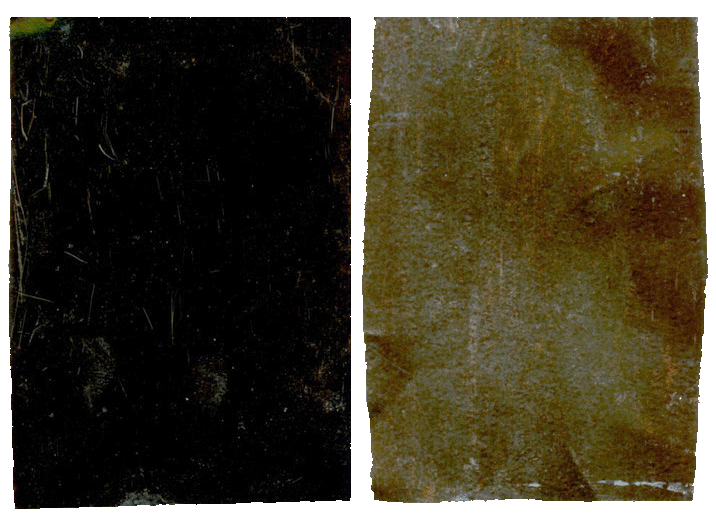
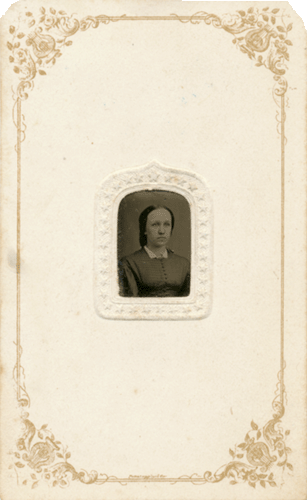
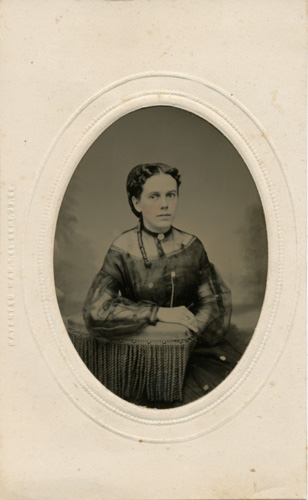
|


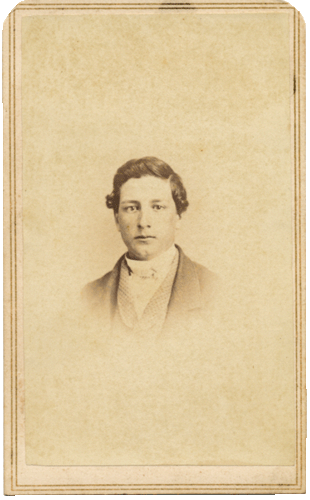
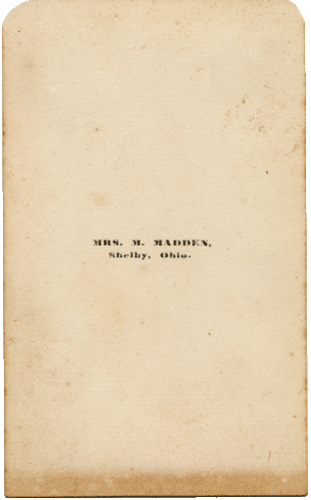
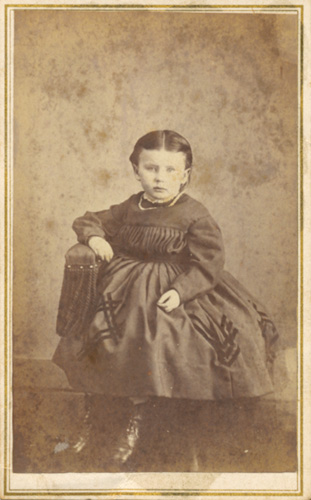
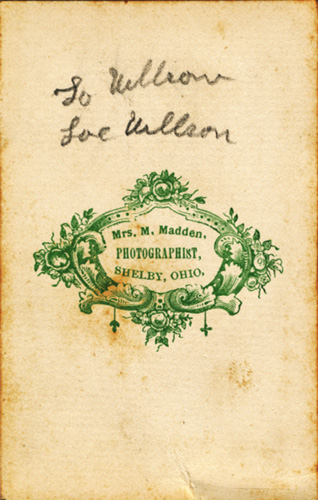
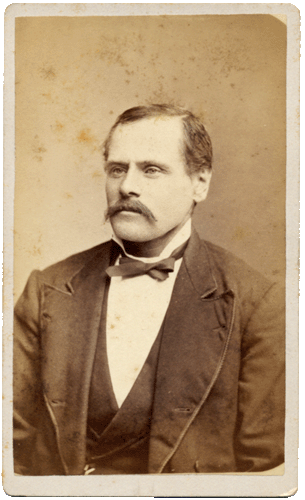
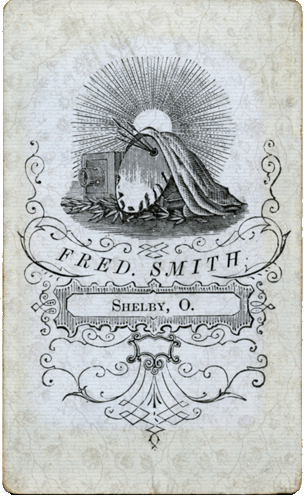

|
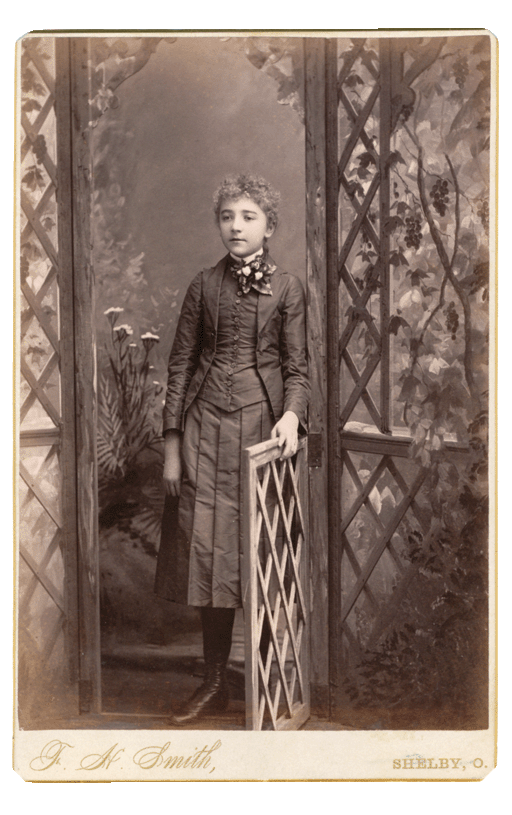 |
